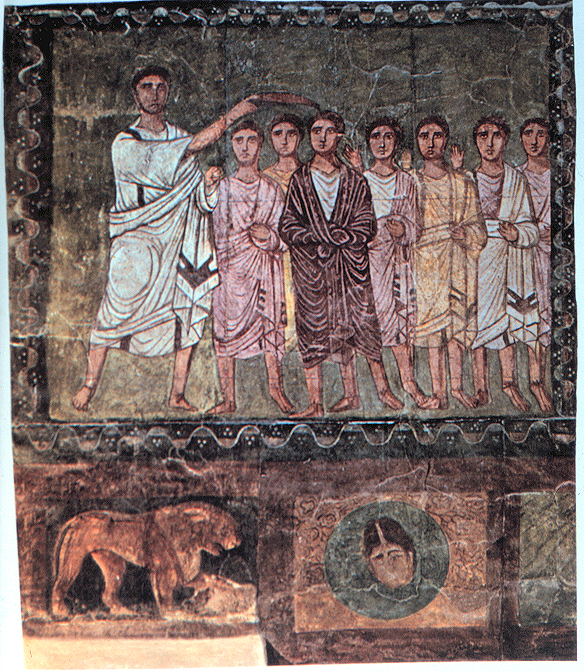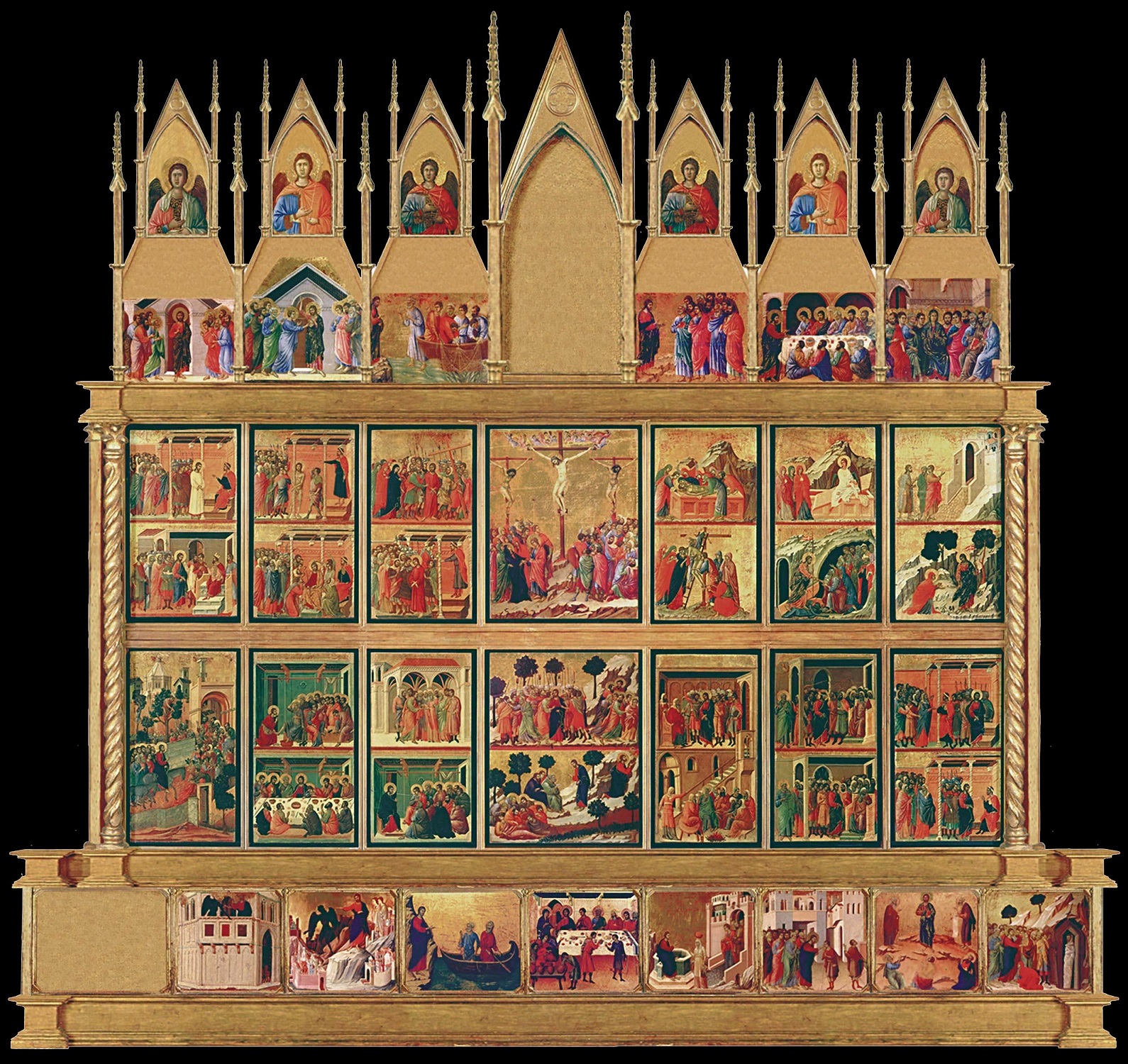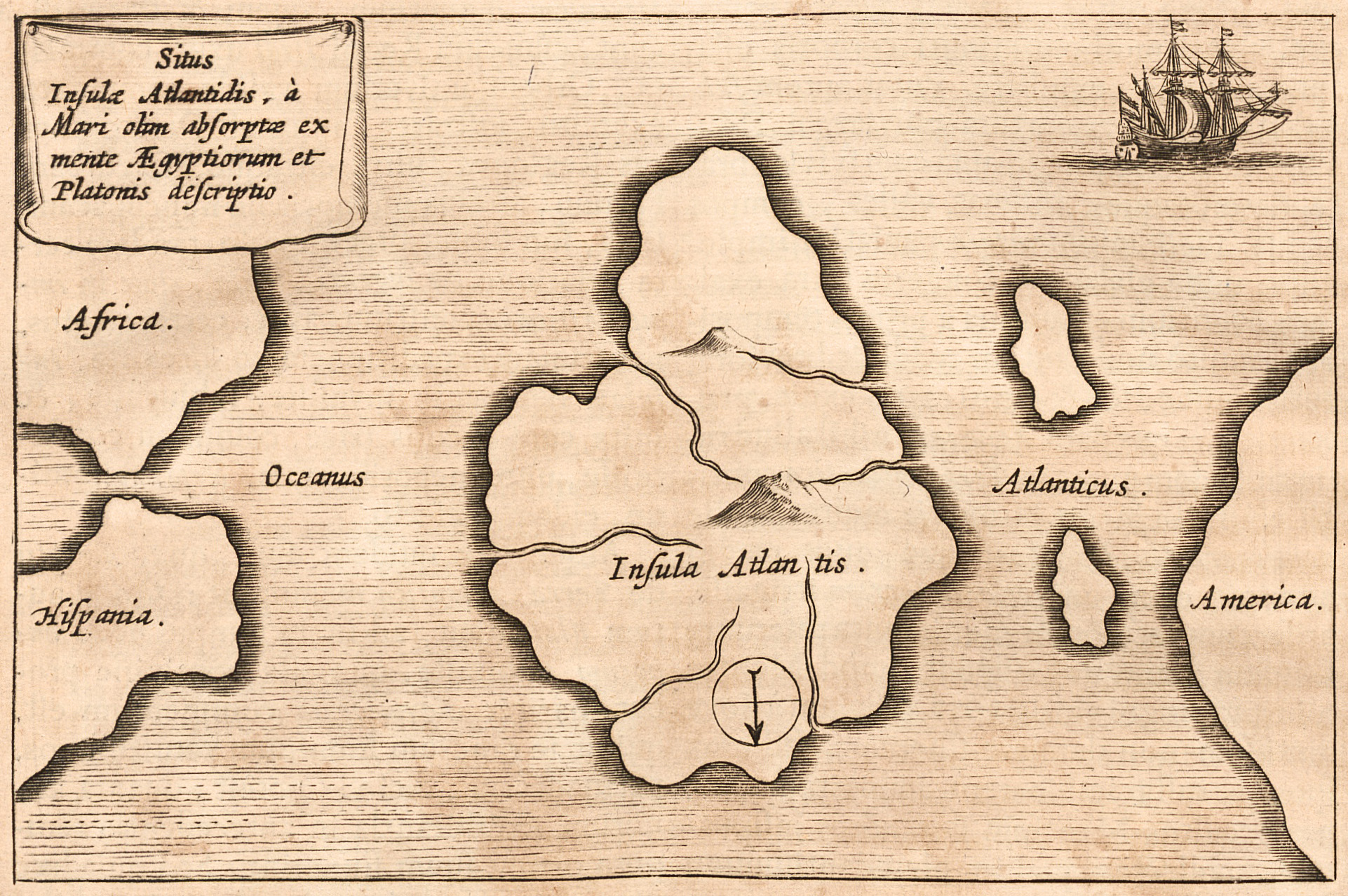|
Bartimaeus (biblical Character)
Each of the three Synoptic Gospels tells of Jesus healing the blind near Jericho, as he passed through that town, shortly before his passion. The Gospel of Mark tells of the curing of a man named Bartimaeus, healed by Jesus as he is leaving Jericho. The Gospel of Matthew and the Gospel of Luke include different versions of this story. Narrative The Gospel of Mark () tells of the curing of a blind beggar named Bartimaeus (literally "Son of Timaeus"). He is one of the few recipients of healing whose names evangelists let us know. As Jesus is leaving Jericho with his followers, Bartimaeus calls out: 'Son of David, have mercy on me!' and persists even though the crowd tries to silence him. Jesus has them bring the man to him and asks him what he wants; he asks to be able to see. Jesus tells him that his faith has cured him; he immediately receives his sight and follows Jesus. Apart from telling a miracle story that shows the power of Jesus, the author of the Gospel uses this stor ... [...More Info...] [...Related Items...] OR: [Wikipedia] [Google] [Baidu] |
Christus Bartimaeus Johann Heinrich Stoever Erbach Rheingau
Christus may refer to: * Christ (title) People * Petrus Christus (c. 1410s – c. 1475), Dutch painter * Sir Christus (1978–2017), Finnish musician Music * Christus (Liszt), ''Christus'' (Liszt), an oratorio * Christus (Mendelssohn), ''Christus'' (Mendelssohn), an unfinished oratorio Op.97 * Christus (opera), ''Christus'' (opera), by Anton Rubinstein * ''Christus. Mysterium in a Prelude and Three Oratorios'', by Felix Draeseke Art * Christus (statue), ''Christus'' (statue), by Bertel Thorvaldsen * Christus (Indianapolis), statue by unknown located in Indianapolis, Indiana Other * Christus Health, a nonprofit company See also * Christos (other) * Christo (name) * Christa (other) * Christ (other) {{disambiguation, surname ... [...More Info...] [...Related Items...] OR: [Wikipedia] [Google] [Baidu] |
Messiah
In Abrahamic religions, a messiah or messias (; , ; , ; ) is a saviour or liberator of a group of people. The concepts of '' mashiach'', messianism, and of a Messianic Age originated in Judaism, and in the Hebrew Bible, in which a ''mashiach'' is a king or High Priest traditionally anointed with holy anointing oil. In Judaism, ''Ha-mashiach'' (), often referred to as ' (), is a fully human non-deity Jewish leader, physically descended via a human genetic father of an unbroken paternal Davidic line through King David and King Solomon. He will accomplish predetermined things in a future arrival, including the unification of the tribes of Israel, the gathering of all Jews to '' Eretz Israel'', the rebuilding of the Temple in Jerusalem, the ushering in of a Messianic Age of global universal peace, and the annunciation of the world to come. The Greek translation of Messiah is ''Khristós'' (), anglicized as ''Christ''. It occurs 41 times in the Septuagint and 529 times in ... [...More Info...] [...Related Items...] OR: [Wikipedia] [Google] [Baidu] |
Supernatural Healing
Faith healing is the practice of prayer and gestures (such as laying on of hands) that are believed by some to elicit miracle, divine intervention in spiritual and physical healing, especially the Christian practice. Believers assert that the healing of disease and disability can be brought about by religious faith through prayer or other rituals that, according to adherents, can stimulate a divine presence and power. Religious belief in divine intervention does not depend on empirical evidence of an Evidence-based medicine, evidence-based outcome achieved via faith healing. Virtually all scientists and philosophers dismiss faith healing as pseudoscience.See also: Claims that "a myriad of techniques" such as prayer, wikt:divine intervention, divine intervention, or the ministrations of an individual healer can cure illness have been popular throughout history. There have been claims that faith can cure visual impairment, blindness, hearing loss, deafness, cancer, HIV/AIDS, dev ... [...More Info...] [...Related Items...] OR: [Wikipedia] [Google] [Baidu] |
Miracles Of Jesus
The miracles of Jesus are the many miraculous deeds attributed to Jesus in Christian texts, with the majority of these miracles being faith healings, exorcisms, resurrections, and control over nature. In the Gospel of John, Jesus is said to have performed seven miraculous signs that characterize his ministry, from changing water into wine at the start of his ministry to raising Lazarus from the dead at the end. Harris, Stephen L., Understanding the Bible. Palo Alto: Mayfield. 1985. "John" pp. 302–310 For many Christians and Muslims, the miracles are believed to be actual historical events.Gary R. Habermas, 1996 ''The historical Jesus: ancient evidence for the life of Christ'' p. 60 Others, including many liberal Christians, consider these stories to be figurative. Since the Age of Enlightenment, many scholars have taken a highly skeptical approach to claims about miracles. There is less agreement on the interpretation of miracles than in former times, though there i ... [...More Info...] [...Related Items...] OR: [Wikipedia] [Google] [Baidu] |
Mythological Blind People
Myth is a genre of folklore consisting primarily of narratives that play a fundamental role in a society. For scholars, this is very different from the vernacular usage of the term "myth" that refers to a belief that is not true. Instead, the veracity of a myth is not a defining criterion. Myths are often endorsed by religious (when they are closely linked to religion or spirituality) and secular authorities. Many societies group their myths, legends, and history together, considering myths and legends to be factual accounts of their remote past. In particular, creation myths take place in a primordial age when the world had not achieved its later form. Origin myths explain how a society's customs, institutions, and taboos were established and sanctified. National myths are narratives about a nation's past that symbolize the nation's values. There is a complex relationship between recital of myths and the enactment of rituals. Etymology The word "myth" comes from Ancient G ... [...More Info...] [...Related Items...] OR: [Wikipedia] [Google] [Baidu] |
The Blind Man Of Bethsaida
The Blind Man of Bethsaida is the subject of one of the miracles of Jesus in the Gospels. It is found only in Mark 8:22–26.''The Miracles of Jesus'' by Craig Blomberg, David Wenham 2003 p. 419 The exact location of Bethsaida in this pericope is subject to debate among scholars but is likely to have been Bethsaida Julias, on the north shore of Lake Galilee. According to Mark's account, when Jesus came to Bethsaida, a town in Galilee, he was asked to heal a blind man. Jesus took the man by the hand and led him out of the town, put some spittle on his eyes, and laid hands on him. "I see men like trees, walking", said the man. Jesus repeated the procedure, resulting in clear and perfect eyesight. "Neither go into the town", commanded Jesus, "nor tell anyone in the town." Even though the story is found only in Mark, some claim that its authenticity is supported by the criterion of embarrassment, arguing that early Christians would not have been happy that Jesus's first atte ... [...More Info...] [...Related Items...] OR: [Wikipedia] [Google] [Baidu] |
Parables Of Jesus
The parables of Jesus are found in the Synoptic Gospels and some of the non-canonical gospels. They form approximately one third of his recorded teachings. Christians place great emphasis on these parables, which they generally regard as the words of Jesus. Jesus's parables are seemingly simple and memorable stories, often with imagery, and all teach a lesson in daily life. Scholars have commented that although these parables seem simple, the messages they convey are deep, and central to the teachings of Jesus. Christian authors view them not as mere similitudes that serve the purpose of illustration, but as internal analogy, analogies in which nature becomes a witness for the Spirituality, spiritual world. Many of Jesus's parables refer to simple everyday things, such as a woman baking bread (the parable of the Leaven), a man knocking on his neighbor's door at night (the parable of the Friend at Night), or the aftermath of a roadside Footpad, mugging (the parable of the Good Sam ... [...More Info...] [...Related Items...] OR: [Wikipedia] [Google] [Baidu] |
Ministry Of Jesus
The ministry of Jesus, in the canonical gospels, begins with Baptism of Jesus, his baptism near the River Jordan by John the Baptist, and ends in Jerusalem in Christianity, Jerusalem in Judea, following the Last Supper with his Disciple (Christianity), disciples.''Christianity: an introduction'' by Alister E. McGrath 2006 pp. 16–22. The Gospel of Luke states that Jesus in Christianity, Jesus was "about 30 years of age" at the start of his Christian ministry, ministry.Paul L. Maier "The Date of the Nativity and Chronology of Jesus" in ''Chronos, kairos, Christos: nativity and chronological studies'' by Jerry Vardaman, Edwin M. Yamauchi 1989 pp. 113–129. A chronology of Jesus typically sets the date of the start of his ministry at around AD 27–29 and the end in the range AD 30–36.''Jesus & the Rise of Early Christianity: A History of New Testament Times'' by Paul Barnett 2002 pp. 19–21. Jesus' early Galilean ministry begins when after his baptism, he goes ... [...More Info...] [...Related Items...] OR: [Wikipedia] [Google] [Baidu] |
Life Of Jesus In The New Testament
The life of Jesus is primarily outlined in the four canonical gospels, which includes his Genealogy of Jesus, genealogy and Nativity of Jesus, nativity, Ministry of Jesus, public ministry, Passion of Jesus, passion, prophecy, Resurrection of Jesus, resurrection and Ascension of Jesus, ascension. Other parts of the New Testament – such as the Pauline epistles which were likely written within 20 to 30 years of each other, and which include references to key episodes in the life of Jesus, such as the Last Supper,''Jesus and the Gospels: An Introduction and Survey'' by Craig L. Blomberg 2009 pp. 441–442''The encyclopedia of Christianity, Volume 4'' by Erwin Fahlbusch, 2005 pp. 52–56''The Bible Knowledge Background Commentary'' by Craig A. Evans 2003 pp. 465–477 and the Acts of the Apostles (s:Bible (American Standard)/Acts#1:1, 1:1–11), which includes more references to the Ascension of Jesus, Ascension episode than the canonical gospels also expound upon the life of Je ... [...More Info...] [...Related Items...] OR: [Wikipedia] [Google] [Baidu] |
Healing The Man Blind From Birth
The miracle of healing the man born blind is one of the miracles of Jesus in the Gospels, in which Jesus restored the sight of a man at Siloam. Although not named in the gospel, church tradition has ascribed the name Celidonius to the man who was healed. The account is recorded in the John 9, ninth chapter of the Gospel of John. Biblical account According to the Gospel of John 9:1–12, Jesus saw a man who had been blind since birth. His disciples asked him, "Rabbi, who sinned, this man or his parents, that he was born blind?" Jesus replied: Neither this man nor his parents sinned ... but this happened so that the works of God might be displayed in him. As long as it is day, we must do the works of him who sent me. Night is coming, when no one can work. While I am in the world, I am the light of the world. Having said this, Jesus spat on the ground, and anointed the man's eyes with a mixture of mud and saliva. He told the blind man to go and wash in the Pool of Siloam; t ... [...More Info...] [...Related Items...] OR: [Wikipedia] [Google] [Baidu] |
Timaeus (dialogue)
''Timaeus'' (; , ) is one of Plato's dialogues, mostly in the form of long monologues given by Critias and Timaeus, written 360 BC. The work puts forward reasoning on the possible nature of the physical world and human beings and is followed by the dialogue '' Critias''. Participants in the dialogue include Socrates, Timaeus, Hermocrates, and Critias. Some scholars believe that it is not the Critias of the Thirty Tyrants who appears in this dialogue, but his grandfather, also named Critias. At the beginning of the dialogue, the absence of another, unknown dialogue participant, present on the day before, is bemoaned. It has been suggested from some traditions— Diogenes Laertius (VIII 85) from Hermippus of Smyrna (3rd century BC) and Timon of Phlius ( 320 – 235 BC)—that ''Timaeus'' was influenced by a book about Pythagoras, written by Philolaus, although this assertion is generally considered false. Introduction The dialogue takes place the day after Socrates de ... [...More Info...] [...Related Items...] OR: [Wikipedia] [Google] [Baidu] |
Confession Of Peter
In Christianity, the Confession of Peter (translated from the Matthean Vulgate Latin section title: ''Confessio Petri'') refers to an episode in the New Testament in which the Apostle Peter proclaims Jesus to be the Christ ( Jewish Messiah). The proclamation is described in the three Synoptic Gospels: Matthew 16:13–20, Mark 8:27–30 and Luke 9:18–21.''The Collegeville Bible Commentary: New Testament'' by Robert J. Karris 1992 pages 885-886 Depending on which gospel one reads, Peter either says: 'You are the Messiah' or 'the Christ' (Mark 8:29); or 'You are the Messiah, the Son of the living God', (Matthew 16:16), or 'God's Messiah' or 'The Christ of God' (Luke 9:20). The proclamation of Jesus as Christ is fundamental to Christology; the Confession of Peter and Jesus' acceptance of the title "Messiah" form a definitive statement in the New Testament narrative regarding the person of Jesus Christ. In this New Testament narrative, Jesus not only accepts the titles Christ a ... [...More Info...] [...Related Items...] OR: [Wikipedia] [Google] [Baidu] |







